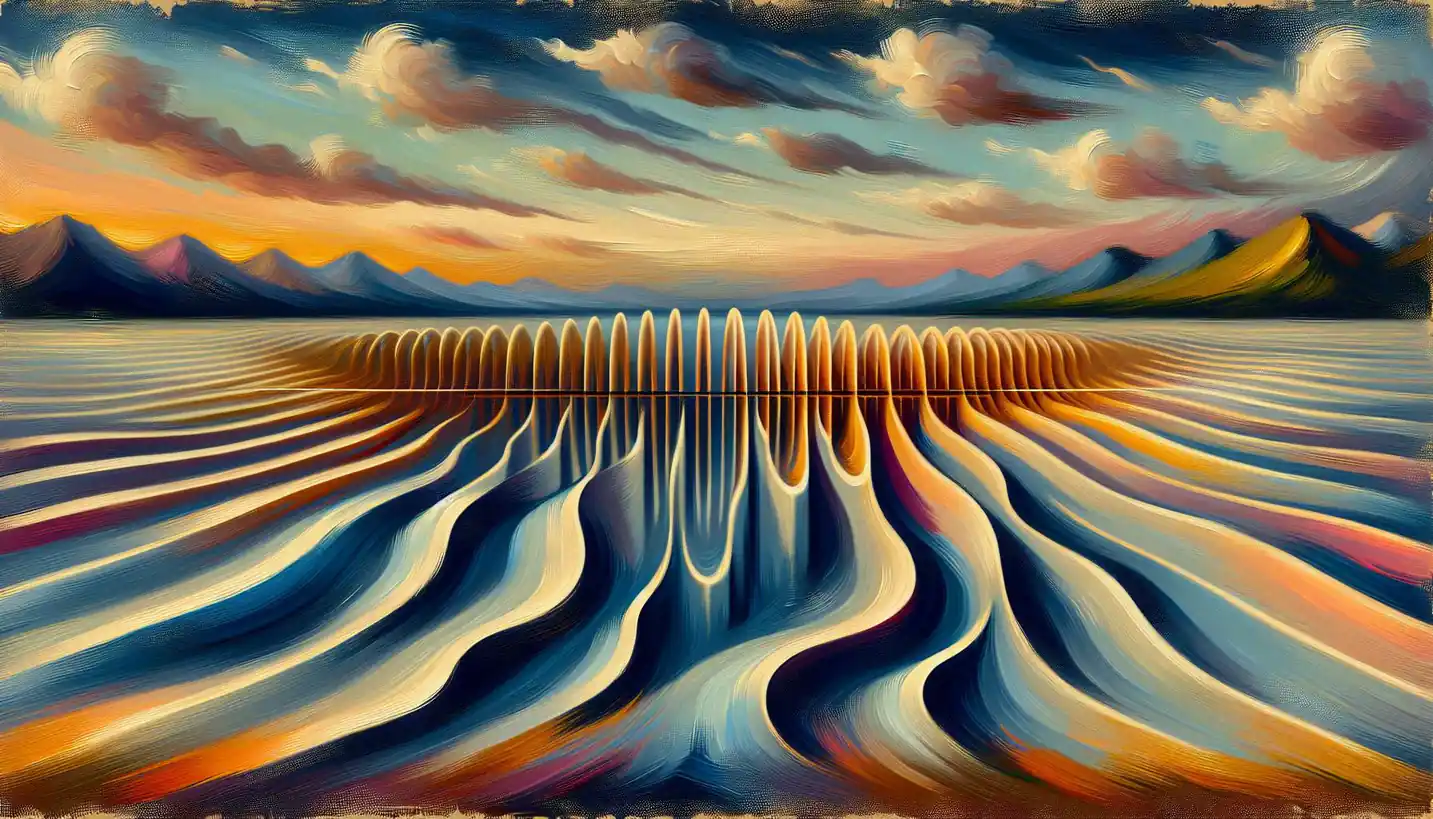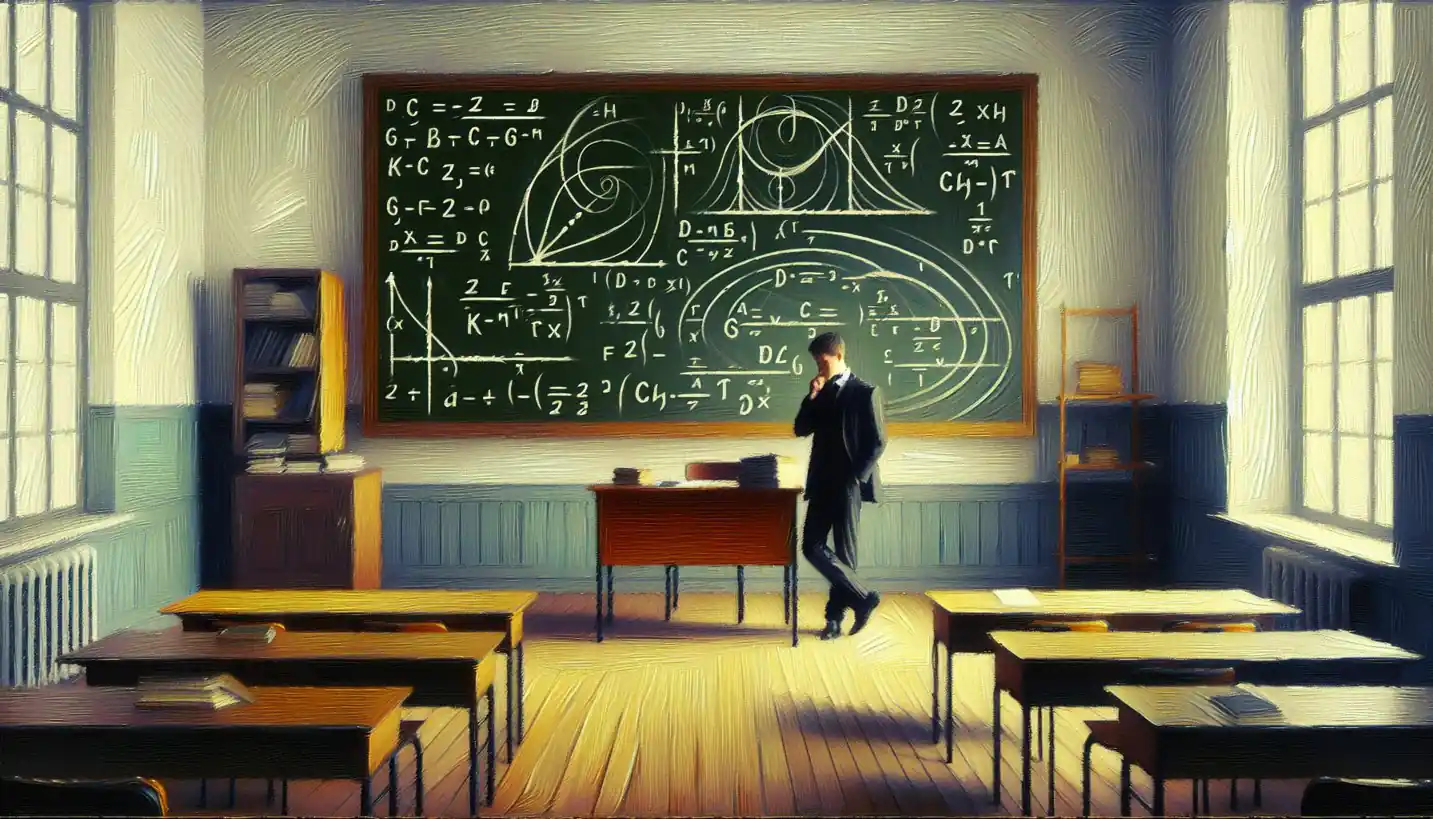· Physics · 4 min read
Refractive Index: Unlocking the Secrets of Light in Optics
The refractive index measures how much light bends in a material. Uncover its role in optics and everyday life.

Light behaves in intriguing ways. One moment it’s zooming through the air, and the next, it slows down as it dives into water. This magical transformation is part of what makes optics so fascinating, and a key player in this dance is something called the “refractive index.” But what exactly is it, and why does it matter in our everyday lives?
Shedding Light on Refractive Index
When we talk about the refractive index, we’re essentially discussing how much light bends or slows down as it travels through different substances. Imagine you’re riding a bike at full speed on a smooth road, and suddenly you hit a patch of thick mud. You’ll slow down, and if you enter at an angle, your bike path might veer a bit. That’s similar to what happens with light.
The refractive index is a simple number that tells us how slow light goes in a medium compared to its speed in a vacuum. This number is calculated as the ratio of the speed of light in a vacuum to the speed of light in that medium. For instance, the refractive index of water is about 1.33. This means light travels 1.33 times slower in water than in a vacuum.
A Closer Look: Water, Air, and Glass
Different materials have different refractive indices. Air has a refractive index very close to 1 because light zips through almost as fast as it does in a vacuum. Water, as mentioned, is 1.33, while glass ranges between 1.5 and 1.9 depending on its type. This difference in refractive indices is why objects half-submerged in water, like a straw in a glass, look bent or broken.
Have you ever noticed how eyeglass lenses make a person’s eyes look bigger or smaller than they actually are? That’s the refractive index at play! Lenses are crafted from materials with specific refractive indices to focus light correctly onto the retina, helping correct vision.
The Magic of Mirages
Another captivating phenomenon linked to refraction is the mirage. On a hot day, you might see what looks like a pool of water on the road in the distance. It’s not water, but rather light bending due to different air temperatures. Hot air near the ground has a slightly lower refractive index compared to cooler air above. This causes light rays to bend and create the illusion of water.
Why Light Bends: The Science of Refraction
When light crosses from one medium into another, its speed changes. This change in speed causes the light to change direction, just like a car swerving when its tires on one side hit muddy ground first. This bending of light at the boundary between two mediums is called refraction.
A classic example in optics is using a prism to split white light into a rainbow. White light entering the prism slows down and bends, separating into its component colors—each with its own refractive index—causing them to spread out into a spectrum.
Importance in Technology and Nature
Refractive index is crucial in designing lenses for cameras, microscopes, and telescopes. These devices rely on precise refraction to focus light accurately, allowing us to zoom into the microscopic world or peer into the cosmos.
In nature, some creatures use refraction to their advantage. Certain fish have eyes specially adapted to see both above and below the water simultaneously, thanks to the refractive index differences between air and water. Even the shimmering beauty of soap bubbles is a result of light waves interacting through refraction and reflection on thin soap films.
Futuristic Potential
The science of refraction is not just about understanding current phenomena. It holds the key to developing new technologies like metamaterials. These are materials engineered to have properties not found in nature. One exciting application is the development of “invisibility cloaks” that could bend light around an object, making it seem to disappear.
As scientists continue to explore the potential of manipulating light, we might see advances in fiber optics that make internet speeds even faster or create more efficient solar panels by enhancing how light is captured and converted to energy.
Curiosity and Discovery
So, next time you watch the sunlight dance through a window, notice how fascinating our world is, shaped by the simple concept of a refractive index. From the gadgets we use, like cameras and glasses, to the natural spectacles we marvel at, refraction plays a starring role. And while we continue to unfold its mysteries, who knows where this quest for understanding might take us next?
Isn’t it wonderful how a tiny detail like the refractive index can open up a world of wonders and innovation? As we keep questioning and experimenting, our adventure with light is bound to reveal even more surprises. After all, science is all about looking beyond the obvious and finding the extraordinary in the everyday. How might you see the world differently through the lens of knowledge?


